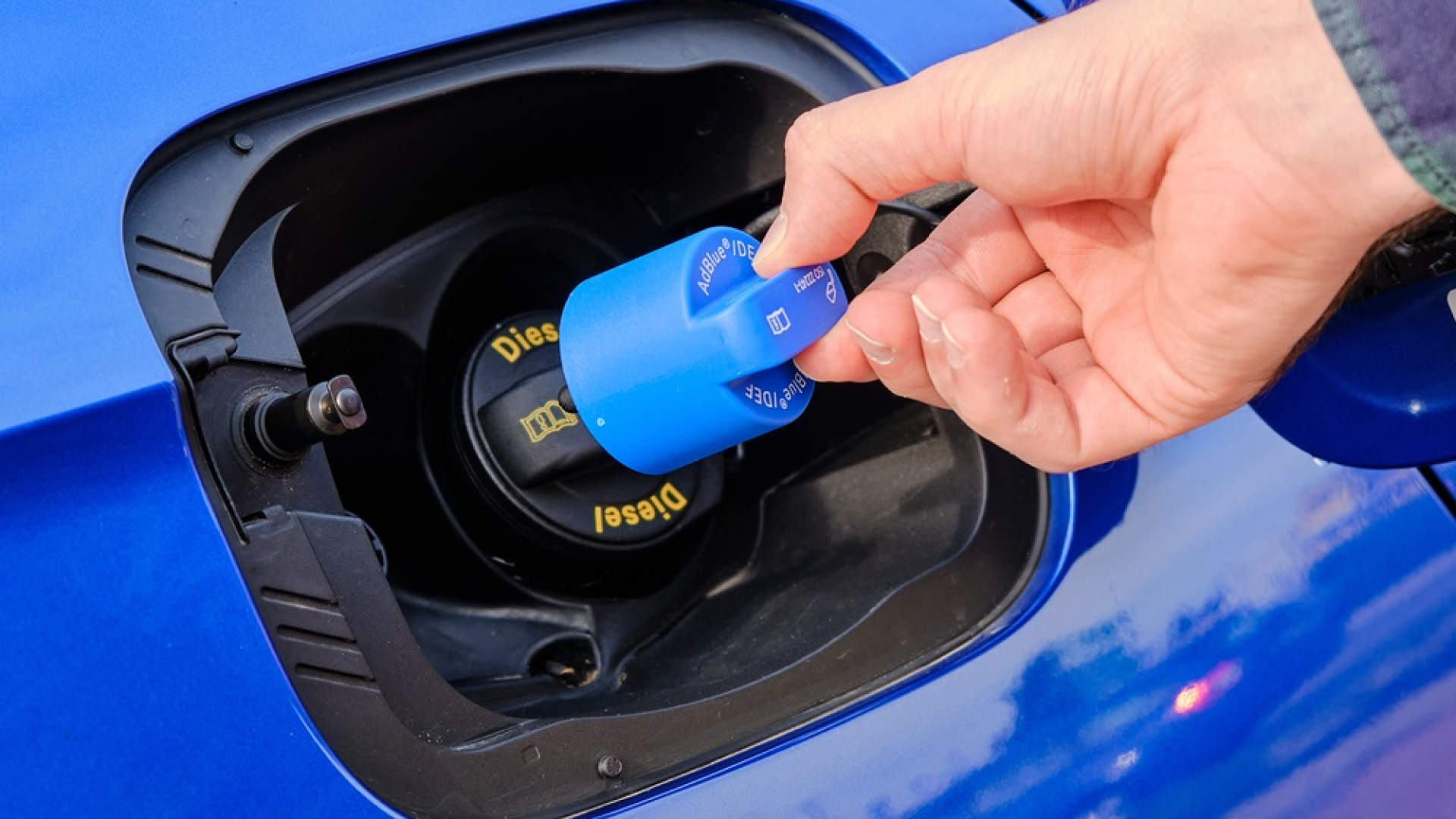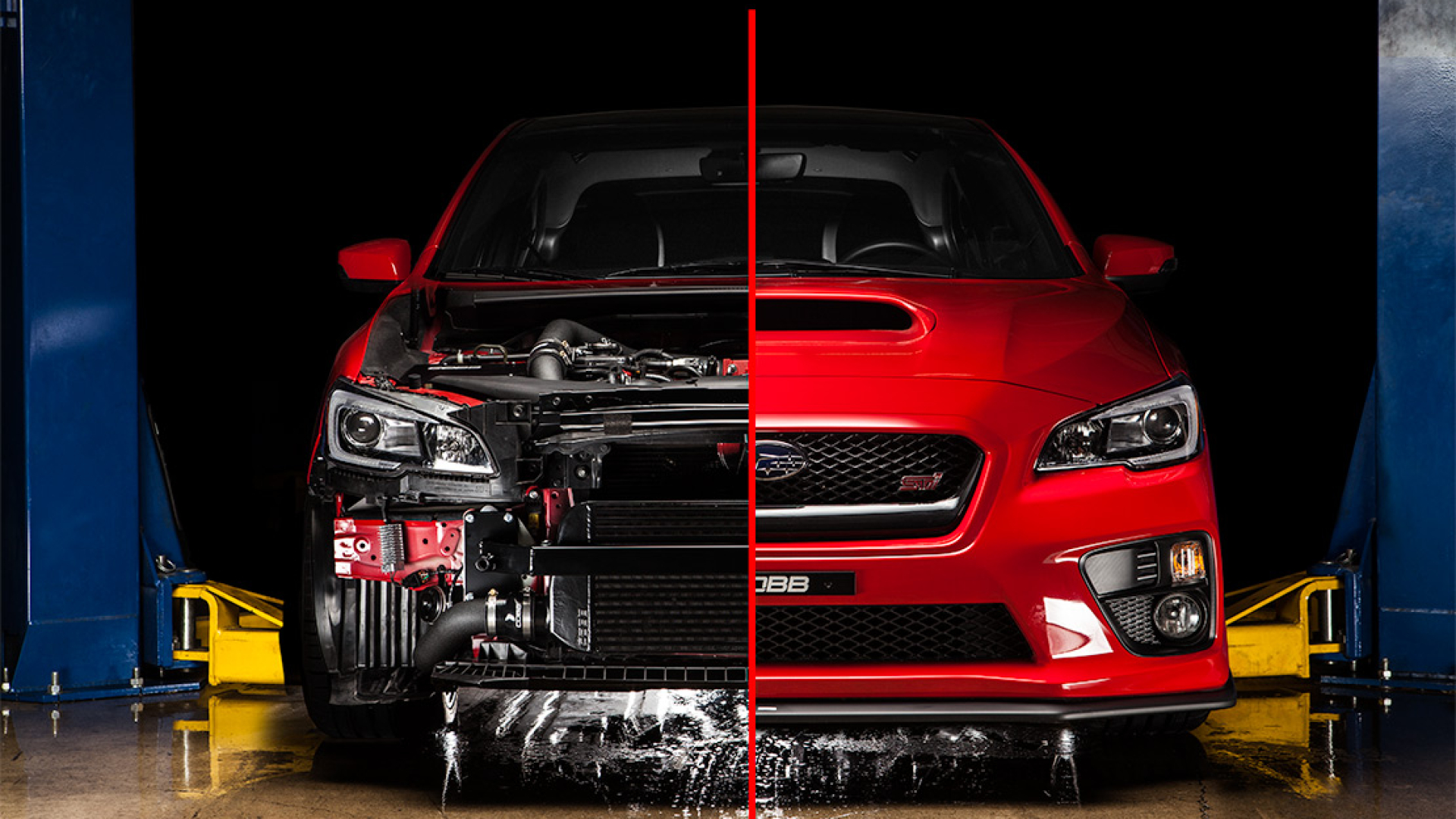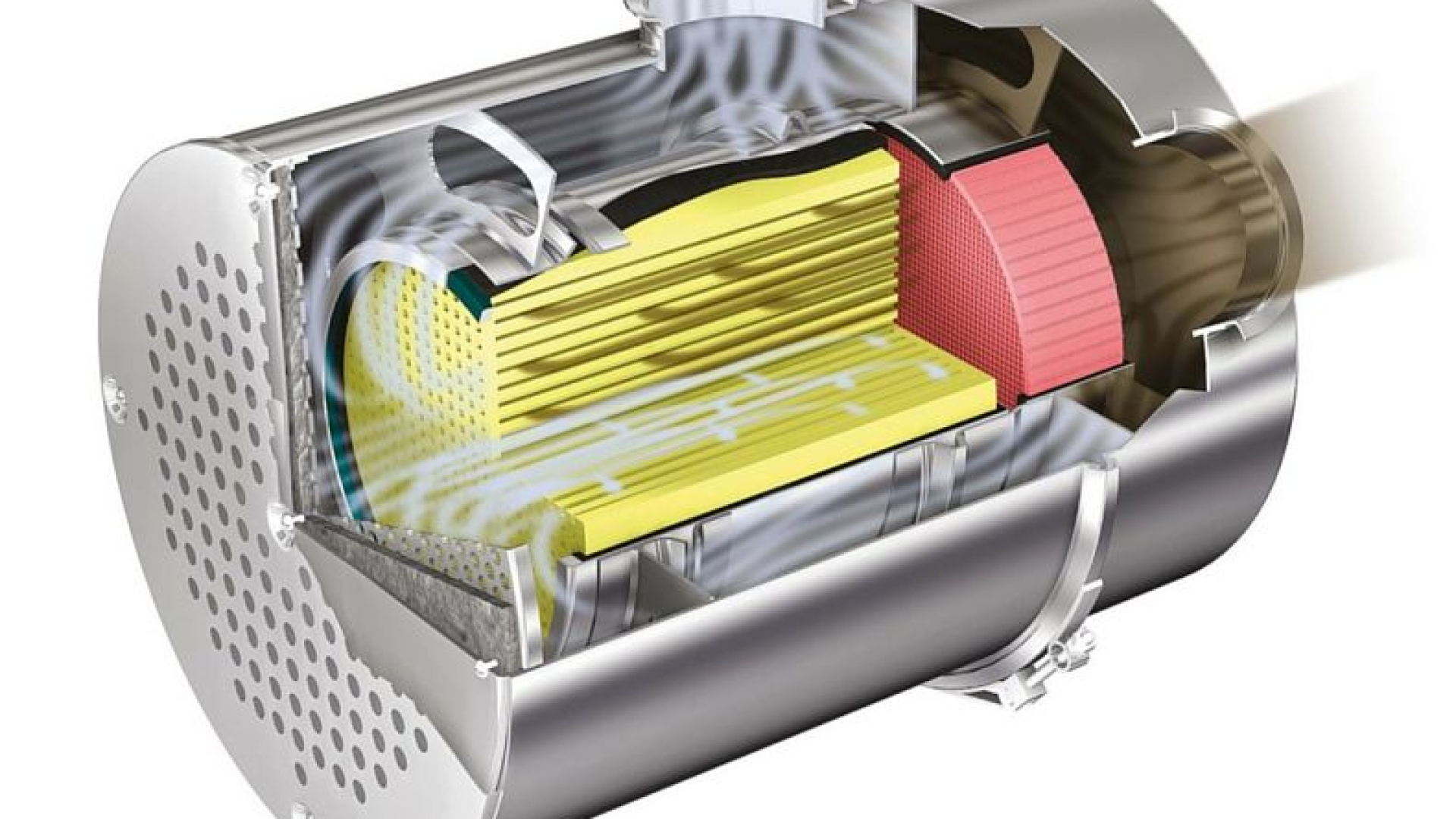AdBlue is a key component used in modern diesel engines to reduce harmful emissions, especially nitrogen oxide (NOx) emissions, which are a major pollutant. This liquid solution has become essential for vehicles equipped with Selective Catalytic Reduction (SCR) technology. In this guide, we will explore what AdBlue is, how it works, and why it’s important for the environment and engine performance.
What is AdBlue?
AdBlue is a high-purity, colorless liquid made up of 32.5% urea and 67.5% deionized water. It’s not a fuel additive; rather, it is stored in a separate tank in diesel vehicles and injected into the exhaust system. AdBlue is officially recognized by the ISO 22241 standard, which ensures the quality and concentration of the solution.
How Does AdBlue Work?
AdBlue is used in vehicles equipped with Selective Catalytic Reduction (SCR) technology. When injected into the exhaust stream, the urea in AdBlue breaks down into ammonia (NH₃) and carbon dioxide (CO₂) at high temperatures. The ammonia then reacts with nitrogen oxides (NOx) in the catalytic converter, converting them into harmless nitrogen (N₂) and water vapor (H₂O).
This process reduces harmful NOx emissions by up to 90%, helping diesel vehicles meet strict emission standards like Euro 6 and improve air quality.
Why is AdBlue Important?
- Environmental Benefits: AdBlue helps in significantly reducing NOx emissions, which are harmful pollutants that contribute to smog and acid rain. By lowering these emissions, AdBlue helps diesel vehicles meet stringent environmental regulations.
- Compliance with Emission Standards: As governments worldwide enforce stricter regulations on vehicle emissions, especially in Europe and the U.S., AdBlue plays a vital role in helping diesel vehicles comply with laws like Euro 6 and EPA standards.
- Improved Fuel Efficiency: The use of AdBlue in SCR systems doesn’t just reduce emissions but can also lead to improved fuel efficiency, making it a cost-effective solution for both individuals and fleet operators.
How to Use AdBlue?
AdBlue is stored in a separate tank in vehicles, and the amount consumed depends on the vehicle type, driving style, and operating conditions. Most modern diesel cars will alert the driver when AdBlue levels are low, ensuring the vehicle continues to meet emission standards.
To refill AdBlue, follow the manufacturer’s instructions and use only ISO 22241-compliant AdBlue to avoid engine damage or reduced SCR system performance.
Does Every Diesel Vehicle Need AdBlue?
Not every diesel vehicle requires AdBlue. Typically, it is used in larger diesel vehicles like trucks, buses, and some passenger cars that are equipped with SCR systems. However, as emission standards become more stringent, more vehicles are adopting this technology to reduce pollution.
Conclusion
AdBlue is essential for reducing NOx emissions in modern diesel vehicles, helping both the environment and ensuring compliance with strict emissions regulations. With its simple mechanism and ease of use, AdBlue plays a crucial role in the future of cleaner diesel engines. Ensure your vehicle is always topped up with high-quality AdBlue to maintain optimal performance and environmental responsibility.
By understanding what AdBlue is and how it works, drivers can take a more active role in reducing their environmental footprint while maintaining the performance and efficiency of their vehicles.






Comments powered by CComment